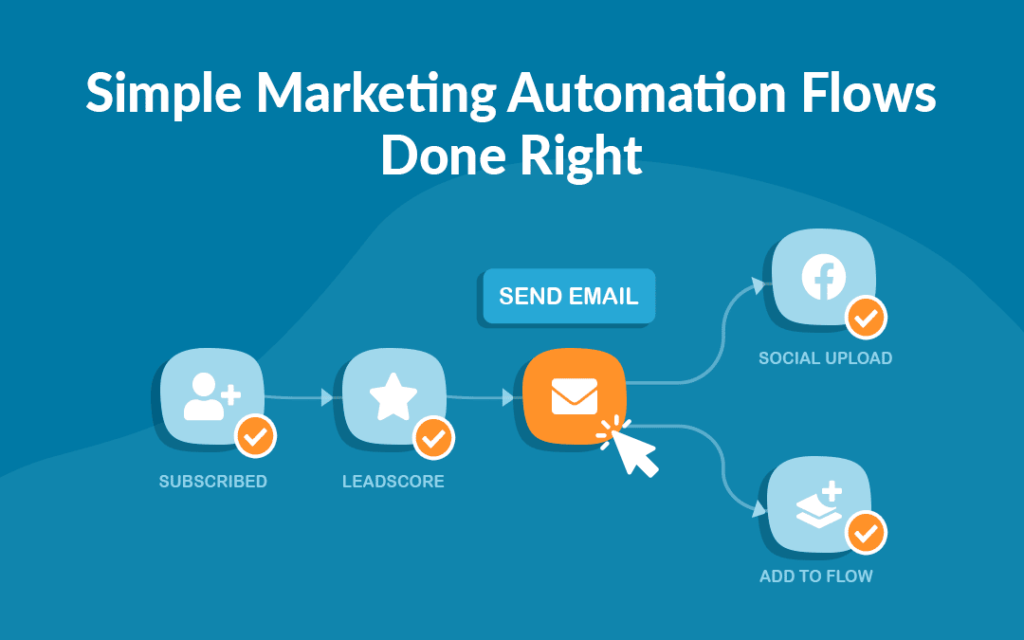Email Automation Strategies That Boost Sales: A Complete Guide
In today’s fast-paced digital marketplace, manual email marketing simply cannot keep up with customer expectations for timely, relevant communications. Email automation transforms how businesses connect with their audience, delivering the right message at precisely the right moment. This comprehensive guide explores proven automation strategies that turn casual browsers into loyal customers, featuring real-world examples and practical steps you can implement straight away. Whether you’re new to email automation or looking to improve your existing workflows, these strategies will help boost your sales and save precious time.

Understanding Email Automation Basics
What is Email Automation?
Email automation sends pre-written messages to subscribers based on specific triggers or timing. These messages go out automatically when customers take certain actions. The system works continuously, even whilst you sleep.
Key Benefits
- Saves time and resources
- Delivers consistent messaging
- Increases engagement rates
- Generates more sales
- Improves customer service
- Creates personalised experiences
Essential Automation Workflows
Welcome Series
Send a warm greeting immediately after signup. Share your best content within the first week. Offer a special discount in the final message.
Abandoned Basket Recovery
Message shoppers within 24 hours of leaving items in their basket. Send a reminder after three days. Include product photos and easy checkout links.
Post-Purchase Follow-up
Thank customers for their purchase right away. Ask for product reviews after one week. Share related products they might fancy.
Setting Up Your First Automation
1. Choose Your Triggers
- New subscriber signup
- Website behaviour
- Purchase completion
- Email engagement
- Special dates (birthdays, anniversaries)
2. Plan Your Timeline
Map out when each email should go out. Space messages appropriately to avoid overwhelming subscribers. Test different sending times for best results.
3. Write Your Content
Keep messages short and focused. Include clear calls-to-action. Write subject lines that grab attention.
Advanced Automation Strategies
Behaviour-Based Workflows
Track how people interact with your website. Send targeted messages based on viewed products. Create special offers for frequent visitors.
Customer Journey Mapping
- Awareness stage: Share helpful content
- Consideration stage: Highlight product benefits
- Decision stage: Offer social proof
- Post-purchase: Provide support and updates
Re-engagement Campaigns
Spot inactive subscribers after 30 days. Send special “we miss you” messages. Remove unresponsive contacts after 90 days.
Measuring Success
Key Metrics to Track
- Open rates
- Click-through rates
- Conversion rates
- Revenue per email
- List growth rate
Testing and Optimisation
Try different subject lines regularly. Test various sending times. Adjust content based on performance data.
Common Automation Mistakes to Avoid
Timing Issues
Don’t send too many emails too quickly. Space out messages appropriately. Watch for seasonal timing conflicts.
Content Problems
- Writing overly long emails
- Using complex language
- Forgetting mobile optimisation
- Missing personalisation
- Weak calls-to-action
Technical Setup Tips
Choose the Right Tools
Select user-friendly automation platforms. Ensure good integration capabilities. Look for robust reporting features.
Data Management
Keep your contact list clean. Update customer information regularly. Remove bounced emails promptly.
Moving Forward with Automation
Email automation success requires careful planning, regular monitoring, and continuous improvement. Start with basic workflows and expand as you become more comfortable with the process. Pay attention to what your data tells you about customer preferences and behaviour. Remember that automation should make emails feel more personal, not less.
The future of email marketing lies in creating smarter, more targeted automation workflows that adapt to individual customer needs. By implementing these strategies thoughtfully and measuring their impact, you’ll build stronger customer relationships and drive more sales. Begin with one or two simple workflows, test thoroughly, and gradually add more sophisticated automation as you see positive results. The key to success is finding the right balance between automation efficiency and maintaining that personal touch that makes your brand special.





